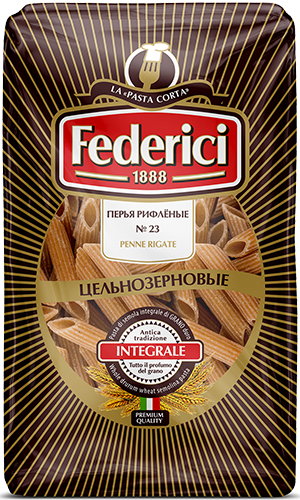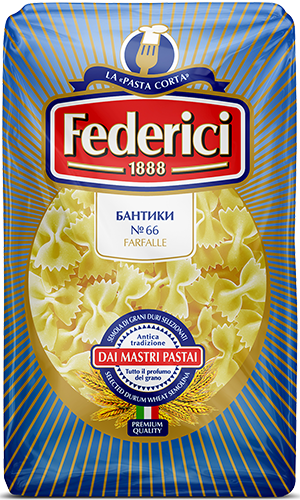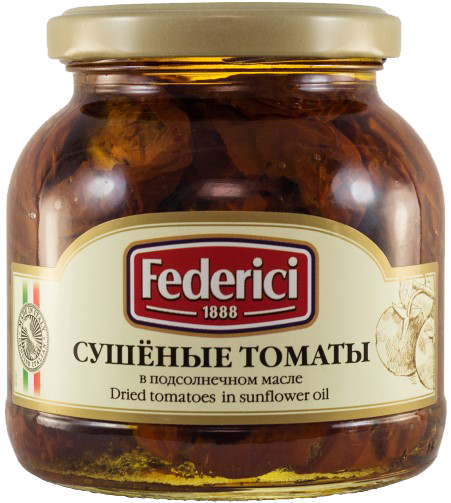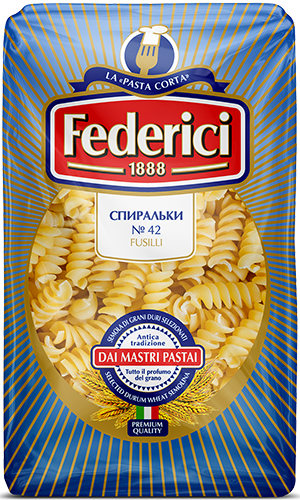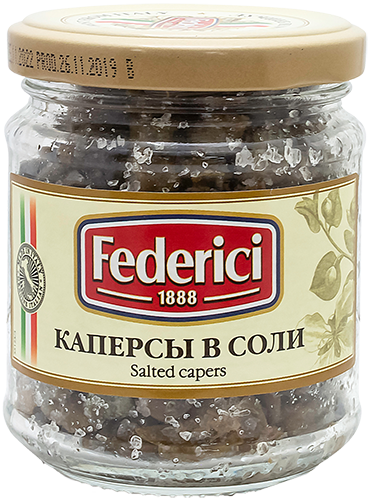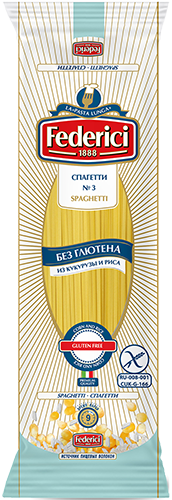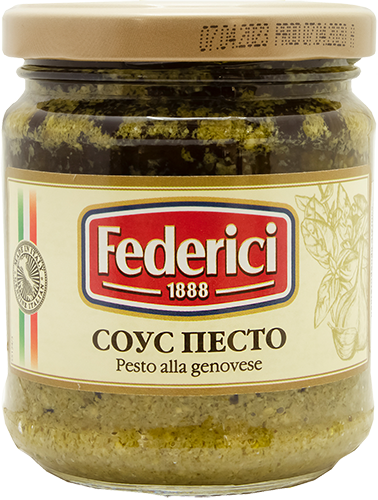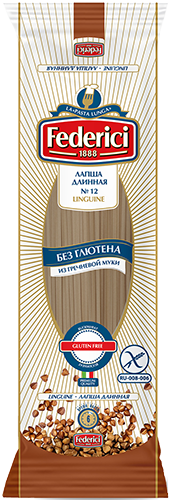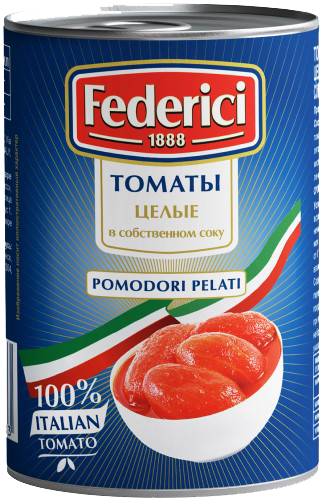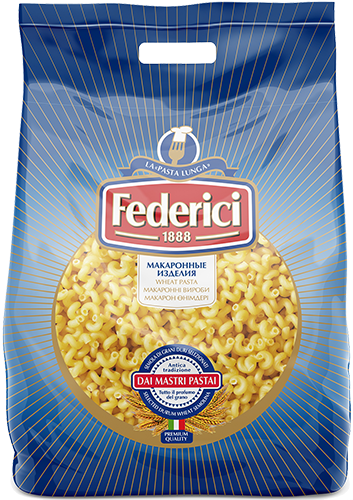


Gin and gin-based cocktail enthusiasts sometimes wonder what an olive is for in a martini. Large green olives, pitted and marinated, stuffed with cheese or pepper, are a typical garnish, served on a skewer alongside a martini glass. Green olives aren’t added to martinis purely for aesthetic purposes, although the shiny orbs are truly mesmerizing as they bob up and down in a martini glass.
Perky olives provide a pleasant backdrop to the vibrant botanical notes of gin or vodka, helping to soften the spirit’s flavor. They add a hint of oceanic saltiness to martinis, which mingles and pairs well with botanicals like lemon, ginger, cardamom, and juniper. And, of course, olives in martinis serve as a perfect appetizer, a perfect complement to the spirit.
A Little History
How did olives appear in martinis? The term “dirty martini” has been around since the mid-19th century. There are numerous legends surrounding the invention of this popular drink. The most famous version of the martini’s invention, along with its original recipe, is linked to Jerry Thomas, a renowned bartender who worked at the Occidental Hotel in San Francisco in the 19th century. During the gold rush, a prospector heading to Martinez, California, asked him to make “something special” and paid for it with a gold nugget. Inspired by the good pay, Thomas created the drink, which contained Old Tom gin, vermouth, a touch of bitters, and strong maraschino liqueur. According to this version, the name “martini” comes from the prospector’s destination.
However, Martinez residents refute the legend, claiming the journey was in the opposite direction and that on the way home, the prospector stopped at Julio Richelieu’s saloon, where he ordered a bottle of whiskey. He paid for the drink with a nugget, but complained that the amount of liquor he received for the gold he gave him wasn’t enough. So the bartender made up the difference by mixing a small sip of gin and vermouth and garnishing the cocktail with an olive. Judging by the classic recipe, this version of the story is closest to the true origin of the “dirty martini.” The question of why an olive is in a martini wasn’t asked. It simply wasn’t there.
Martinis are now served very dry, but in their time, this wasn’t the norm. In the 19th century, martinis were served with more vermouth than gin, or in a 50/50 ratio. Absinthe was sometimes included in the cocktail recipe. But gin and dry vermouth, the main ingredients of the martini we mix today, were often thought of as secondary additions. Olives had not yet become a traditional accompaniment to the drink.
That all changed in the 20th century, when Roosevelt, who repealed Prohibition, made the dirty martini world famous. Both presentations of the drink were disastrous, but thanks to the press, the martini gained widespread popularity in Europe:
- At a dinner party, President Franklin D. Roosevelt carelessly shook a cocktail for the martini-loving Winston Churchill. Churchill later described Roosevelt as an “enthusiastic but sloppy bartender.”
- Later, in 1943, Roosevelt insisted on serving his signature drink to Joseph Stalin. Stalin remarked that “it gave me a cold feeling in my stomach,” but not too unpleasant.
So, thanks to two less-than-enthusiastic reviews, the dirty martini gained worldwide fame.
Original and Variations
A traditional martini consists of gin, vermouth, and green olives. A small amount of olive brine is also added. Experts claim that if the cocktail is prepared incorrectly, it will taste terrible and be considered one of the worst alcoholic drinks. Therefore, only experienced bartenders are allowed to prepare martinis. If prepared according to the recipe and garnished with one or three olives on a skewer, it becomes one of the best aperitifs.
As the martini’s popularity has grown, its classic recipes have begun to evolve, and variations have become increasingly sophisticated. Even the traditional “dirty martini” can be served with olives stuffed with blue cheese or jalapeño peppers.
Why is there an odd number of olives in a martini?
Martini lovers often serve it with one or three olives on a skewer. Why does a martini with olives always have an odd number of berries? When a martini is served with three olives on a toothpick, connoisseurs can enjoy one of them after the first sip. The remaining two are consumed as an appetizer after the drink is finished.
A simple rule applies to this type of garnish: the olives used to garnish a martini should always be single or in groups of three. An unspoken superstition considers an even number of olives unlucky. Renowned expert Brad Gadberry maintains that one to three olives are suitable for a martini. Using two or four olives is considered tactless.
Olives or black olives?
Some cocktail enthusiasts ask: why is there an olive in a martini and why not substitute a black olive? The answer is clear: green olives pair perfectly with a dry martini. Olive brine, or juice, is a mixture of salt, vinegar, and water. As the olives marinate, the brine takes on the exquisite flavor of a salty sea breeze. This greatly enhances the flavor of a classic martini. Ripe olives are also perfect as an appetizer with sweet and strong vermouth.
Which olives go with martinis
Looking to experiment and try different olives to serve with martinis? We recommend several options that will enhance the flavor of a dry martini and allow you to enjoy original appetizers:
- For classic lovers – Spanish Queen or Manzanilla olives stuffed with Pimiento peppers;
- For those who appreciate pure olive flavor – a large pitted Manzanilla;
- For those who want to pair a martini with three olives – Spanish Queen olives stuffed with onions, garlic, almonds, or hot jalapeños;
- A fun party choice: olives stuffed with blue cheese or red pepper.
As you can see, the question isn’t “why” an olive goes with a martini, but rather how many, what kind, and what to pair them with. Experiment, get creative, and don’t forget to follow the traditions of the classic pairing—a dry martini and green olives.
Our products
Мы стремимся предложить Вам наилучший сервис при работе с нашим сайтом. Для этого мы собираем и храним информацию о Вашем посещении сайта. Так называемые cookies. Файлы cookies не собирают и не хранят никакую личную информацию о Вас. Используя этот сайт, Вы даете согласие на использование cookies. На данном этапе Вы можете отказаться от использования cookies, настроив необходимые параметры в своем браузере.
